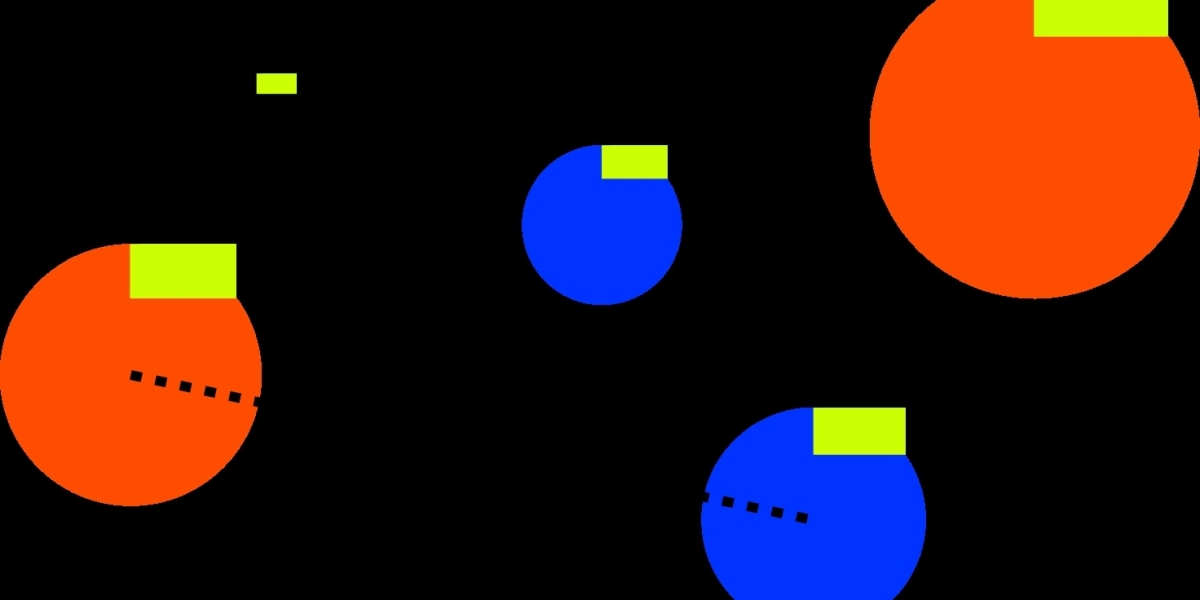DApps utilize blockchain APIs to harness the distinctive features of blockchain technology, including decentralization, immutability, and transparency. This enables the development of applications that can function in a trustless environment without the need for intermediaries. The following section provides a detailed explanation of the process for creating DApps using the best blockchain api.
Retrieving blockchain data
To access blockchain data, the first step involves using the blockchain API to retrieve information such as transactions, blocks, and addresses. Developers can send HTTP queries with specific parameters to the endpoints of the blockchain API to get the required data, which is then delivered in JSON format.
JSON stands for JavaScript Object Notation, which is a lightweight data format used to exchange information between different applications. It is derived from a subset of the JavaScript programming language and is designed to be easy to read and write for both humans and machines.
Because of its text-based structure, JSON is easily interpreted by web browsers and other applications, making it a common choice for transferring data between servers and web applications.
Parsing and processing data
After data is obtained from the blockchain, it must be parsed and processed before it can be used. This may involve decoding transaction data, verifying digital signatures, and other related tasks. Developers may choose to use a programming language based on the blockchain API documentation (e.g., JavaScript, Python, or Go) to analyze and process the data.
Building smart contracts
At this stage, developers can create smart contracts by utilizing blockchain application programming interfaces and programming languages such as Solidity or Vyper. Once a smart contract has been developed, it can be deployed to the blockchain network using the blockchain API.
To accomplish this, a transaction must be generated that contains the bytecode of the smart contract as well as any other basic transaction data. Bytecode is used as a low-level representation of code that can be executed by a computer's virtual machine and is typically used in programming languages that compile to bytecode rather than machine code.
The transaction must then be signed using a private key associated with a public address on the blockchain network. After signing, the transaction can be broadcast to the network using the blockchain API.
After checking, if the transaction is deemed legitimate, the network will process it and subsequently deploy the smart contract to the blockchain. Once deployed, the smart contract can execute its code on the blockchain network and interact with other network nodes.
Sending transactions
Finally, DApps that operate on the blockchain network can be built using blockchain APIs. Blockchain APIs allow programmers to establish smart contracts, retrieve, process, and store data on the blockchain, as well as interface with other blockchain network nodes to develop robust and safe applications. This step involves combining the previous steps to create a functional and secure DApp.
Creating blockchain applications
In conclusion, blockchain APIs enable the development of DApps on the blockchain network, providing programmers with the capability to create smart contracts, access and manage blockchain data, and interact with various network nodes to construct resilient and secure applications. This stage integrates the preceding procedures to produce a functional and protected DApp.








